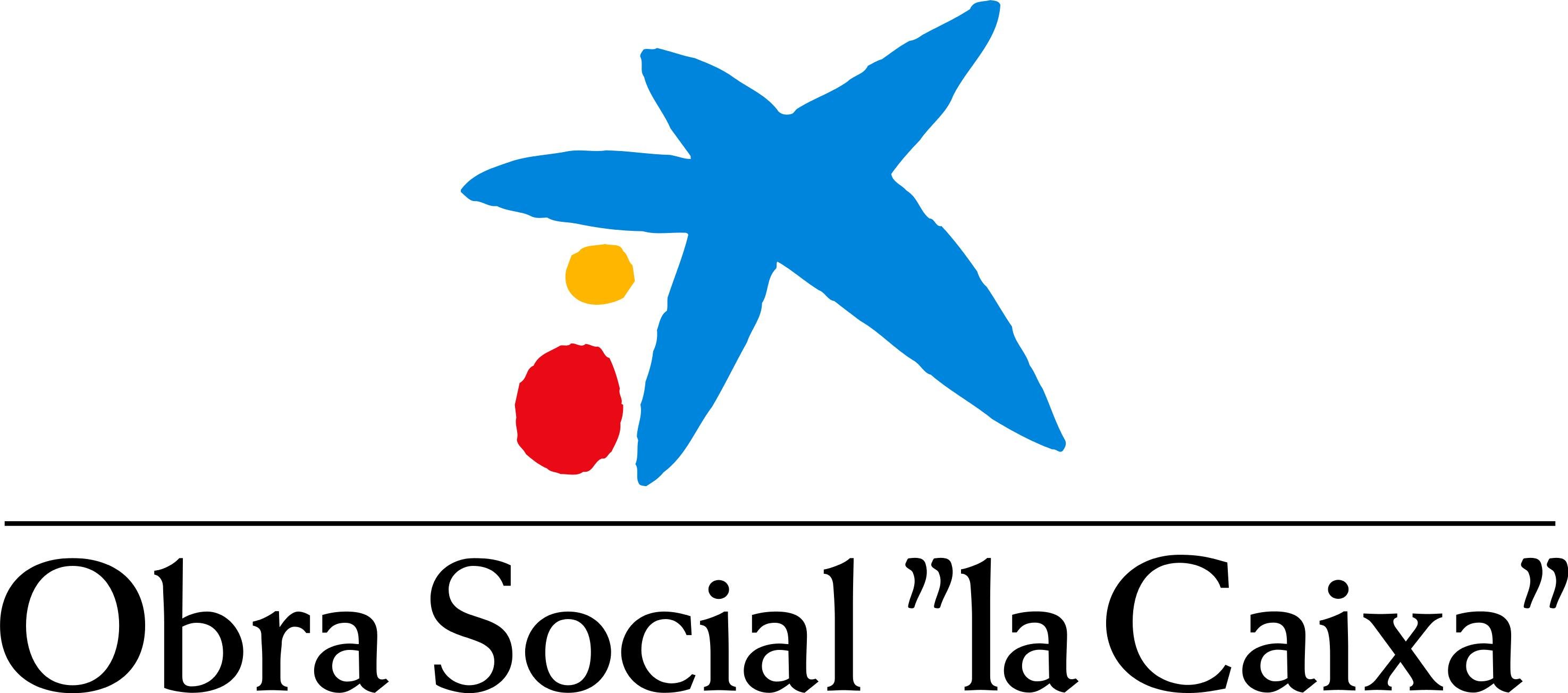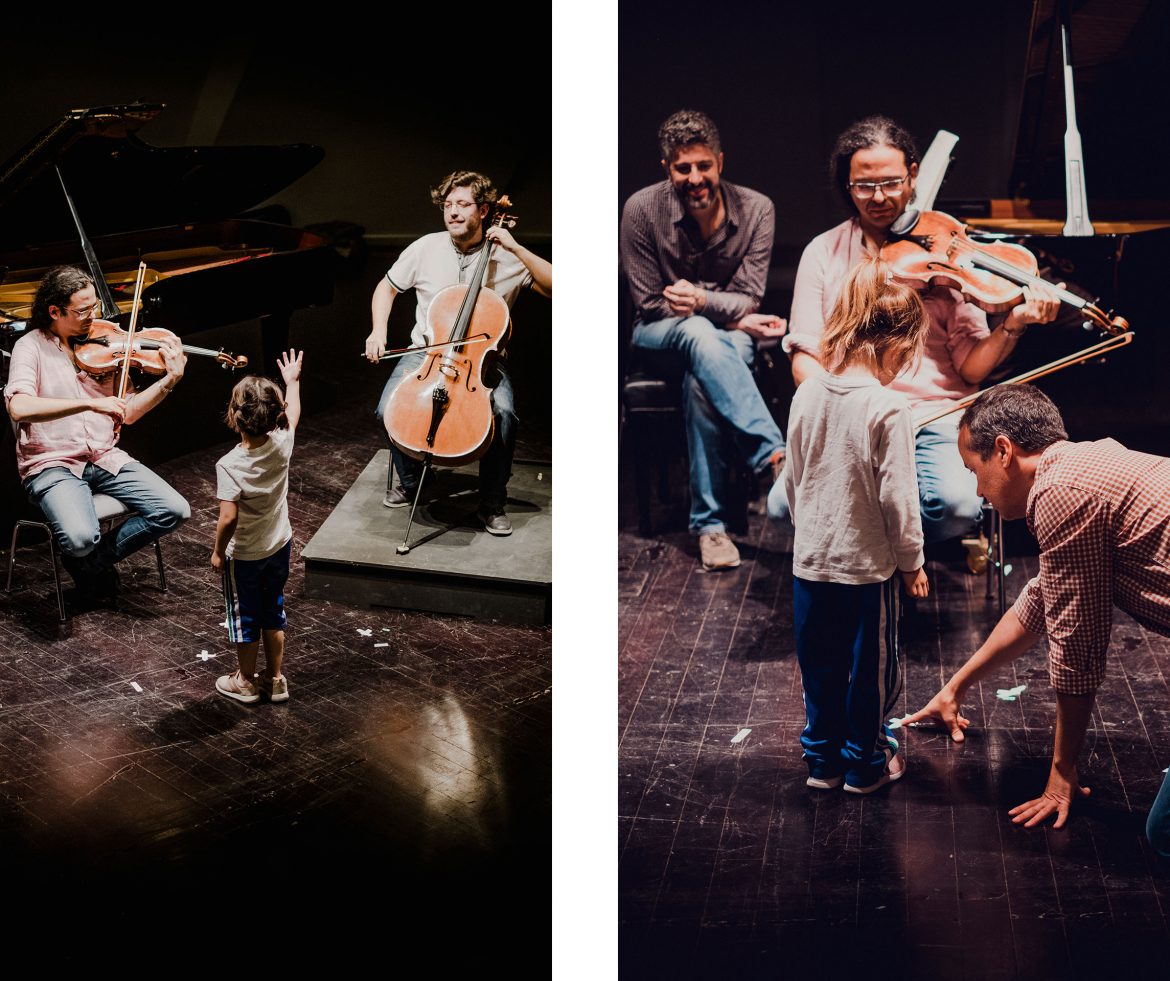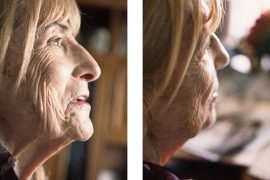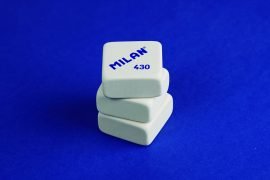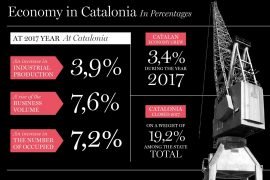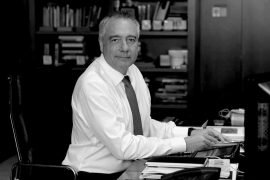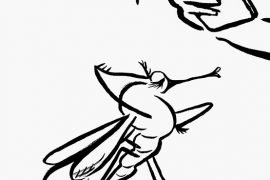[dropcap letter=”M”]
usic therapy as such is a relatively recent discipline but there is evidence, from ancient Egypt, of the pursuit of benefits for physical, mental and emotional health through the production of sounds. In fact, Pythagoras already related musical harmony to that of the body and Aristotle even assigned to each harmonic mode a state of mind. Currently, music therapy aims to promote self-knowledge and personal expression to satisfy basic needs such as self-esteem and relationships with others.
Carlos Vázquez is responsible for the volunteer technical office and manages the “la Caixa” Volunteers program in Tenerife. He explains that the initiative came from the musicians themselves and that the volunteers enthusiastically launched the project, in which the educators are also involved. “The project aims at a very broad audience, from children with functional disabilities to women at risk of social exclusion. Last month came women from the world of prostitution, who had been victims of trafficking and lived in hostels… women who have had a hard life and who for the first time went to a concert hall. “The simple access to other facets of life, related to beauty and culture, would justify an activity like this, but the contribution is much greater and reaches a transcendence difficult to calibrate.
One of the volunteers, the young Maribel, emphasizes that “music allows children with Asperger or autism to connect with their emotions, something fundamental for them”. Shaping our emotions is the first step to get to know them and, therefore, to know ourselves better. But music is also an incomparable tool to get in touch with others and the world, a world that for many of these groups too often presents a hostile face. This is confirmed by the educator Laura Costa: “Children open up more to express what they feel and learn that we all share the same feelings. It helps them to know their own emotions and to identify them, to communicate, to open up to others and to express feelings of sadness or frustration. ”
Guacimara Alonso, assistant producer of the concert hall, highlights the diversity of responses expressed by children, as well as their desire to participate: “In November, when groups came with children suffering from Asperger and Autism, it was very interesting to see their reactions, because they were very different. The famous fourth wall of the stage was broken, and more than one wanted to direct the orchestra”. The important thing to correctly develop the different activities, according to Guacimara, is that the degree of disability is relatively similar among children. She also highlights the value of opening new experiences for them: “It must be taken into account that there are children with disabilities who are never taken to the cinema because if they get bored or something bothers them they can get up or start talking”.
For Cristóbal Barrios, clarinetist of the Quantum Ensemble, “the experience is always wonderful”. Faced with the excessive ceremony and seriousness of the usual audience of classical music, musicians appreciate the spontaneity of groups that are not subject to the usual rules of behaviour. “The feeling that musicians have is that we are the ones who should be grateful that they treat us with such affection”, says Cristóbal. “Normally there is a barrier between the classical musician and the public, and we appreciate that there is no such thing here, and that different things can happen. For example, the other day, a 4-year-old girl wanted to lead the group. We gave her some guidelines and it was very funny. In the end all the children wanted to do it!”.
In addition to bringing these groups closer to music and to instruments with which they are not usually related, the activity can even awaken vocations. This is the case of the little JM, a 10-year-old girl fan of urban music who listened to chamber music for the first time in her life. The impact must have been strong because now the little girl does not want to sing rap, she does not want to dance reggaeton, or does not even want to play the electric guitar, but rather… She thinks about learning to play the viola.
Text: Raúl M. Torres
Photograph: Rubén Plasencia
You can read more stories like this on ALMA, the social social media, a digital space devoted to the social field, which brings a new look at the present and the future of society, from an optimistic and diverse point of view, and from all the initiatives that “la Caixa” Foundation promote.

